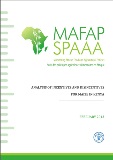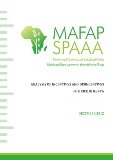Kenya
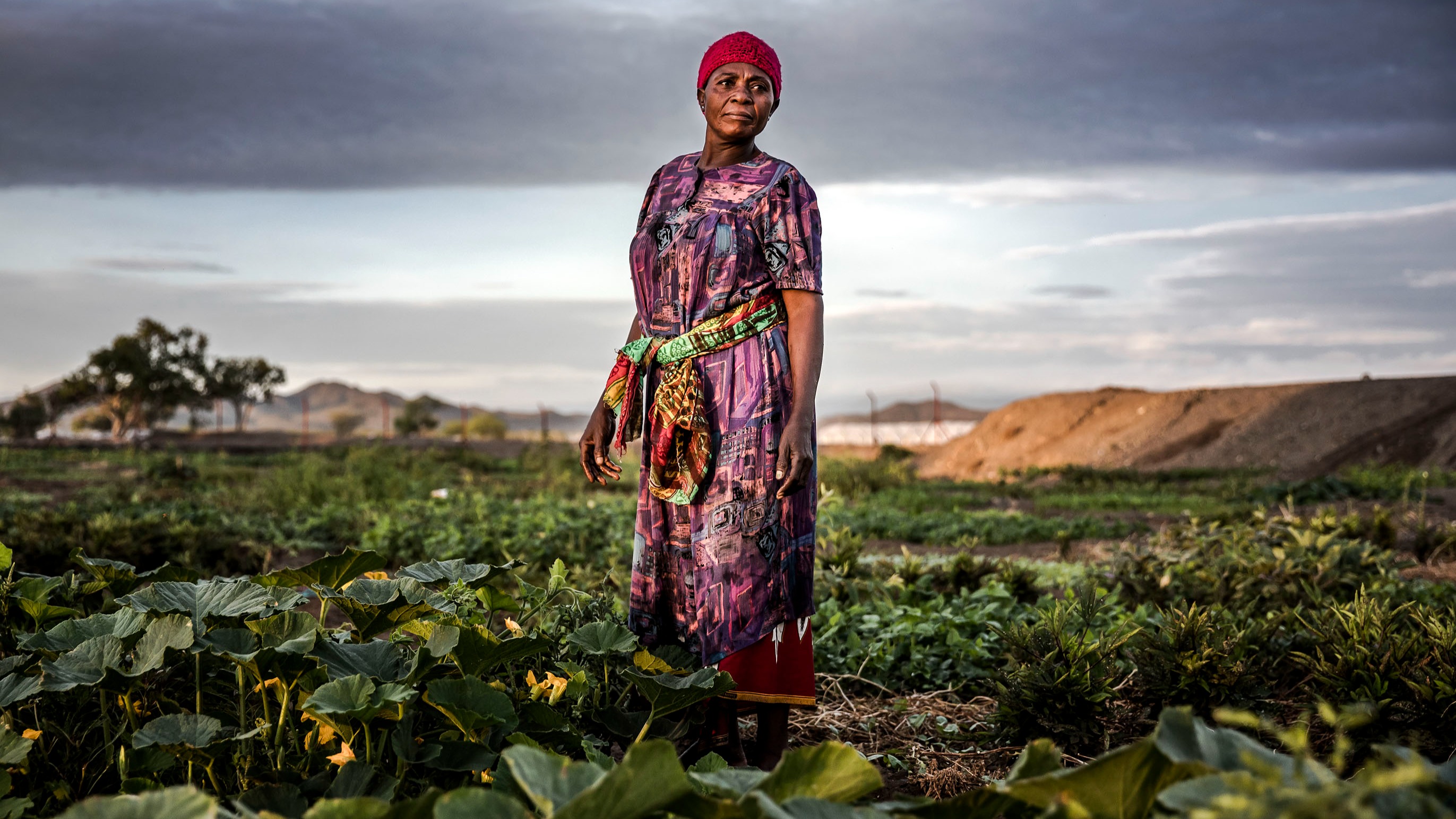
Agrifood policy monitoring
Actual agriculture-specific expenditures* in Kenya from 2007-2018 stood at an average of USD 578 million, with the lowest of the period being USD 422 million in 2008, the highest being around USD 850 million in 2015.
In the last 5 years (2014-2018), budgeted amounts stood at an average of USD USD 685 million, while actual spending stood at USD 888 million, implying a budget execution rate of 78%.
Kenya’s agriculture expenditure progress is still below the CAADP 10% target. Between 2007 and 2018, the share of agriculture spending over total public expenditure ranged from the lowest 3.6% in 2013 and to the highest 6.2% in 2015, with an annual average over the period of 4.8%.
In the last 5 years, almost all (91%) of all expenditures on food and agriculture came from the government, while the rest (9%) was financed by donors.
On average, in the same period, the vast majority (80%) of actual agriculture-specific expenditures were directed towards the general-sector support to the sector (i.e. public goods such as research, extension or infrastructure), followed by around 11% allocated to producers mainly in the form of input subsidies, and about 9% to consumers (e.g. food, subsidies or school-meals programmes).
* in USD constant 2011
Our price incentives analysis covers twelve different commodities (cassava, cotton seeds, cow milk, dry beans, green coffee, maize, potatoes, rice, rice (paddy), sorghum, sugar cane, tea, and wheat).
Across those commodities, the nominal rate of protection (NRP) at farm-gate – the ratio of the price gap at farm-gate in relation to the reference price – was 3% on average between 2005 and 2020, reaching as low as -21% in 2010 and as high as 40% in 2012. Those values different significantly across commodity groups and individual commodities.
- Export-oriented commodities show contrasting trends. While Tea producers benefited from positive price incentives, with an average NRP of 63% over the 2005–2020 period, coffee producers faced strong negative price incentives with an average NRP of -79%.
- Over the 2005–2020 period, cereals producers were protected from imports by trade measures and tariffs, which translate into mostly positive price incentives at 41%, 63% and 13% on average for maize, rice and wheat, respectively.
- Producers of staple commodities faced relatively neutral, although fluctuating incentives, over the 2005–2020, with NRPs averaging 5% for cassava, and -3% for potatoes, and -4% for sorghum.
News
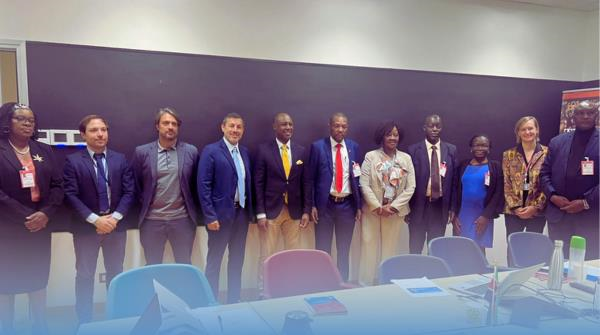
MAFAP team meets with Kenya delegation to discuss agrifood policy support
18/10/2023

MAFAP delivers training to Kenyan officials to strengthen policy monitoring skills
14/02/2023

FAO steps up support to Kenya on reforming its food and agriculture policies to boost inclusive agricultural transformation
07/02/2023
Publications
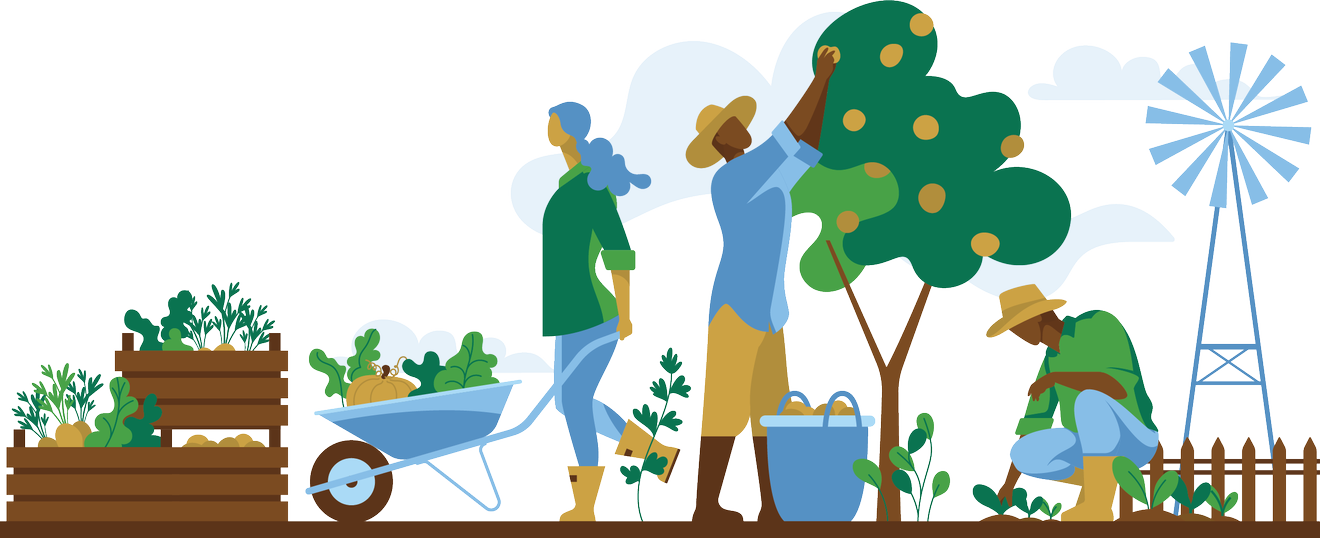
National partners
- Ministry of Agriculture and Livestock Development
- Kenya Agricultural and Livestock Research Organization
- Kenya Institute for Public Policy Research and Analysis
Useful links
Contact the MAFAP Kenya team

Thibault Meilland
Policy Advisor

Anne Chele
National Policy Officer

